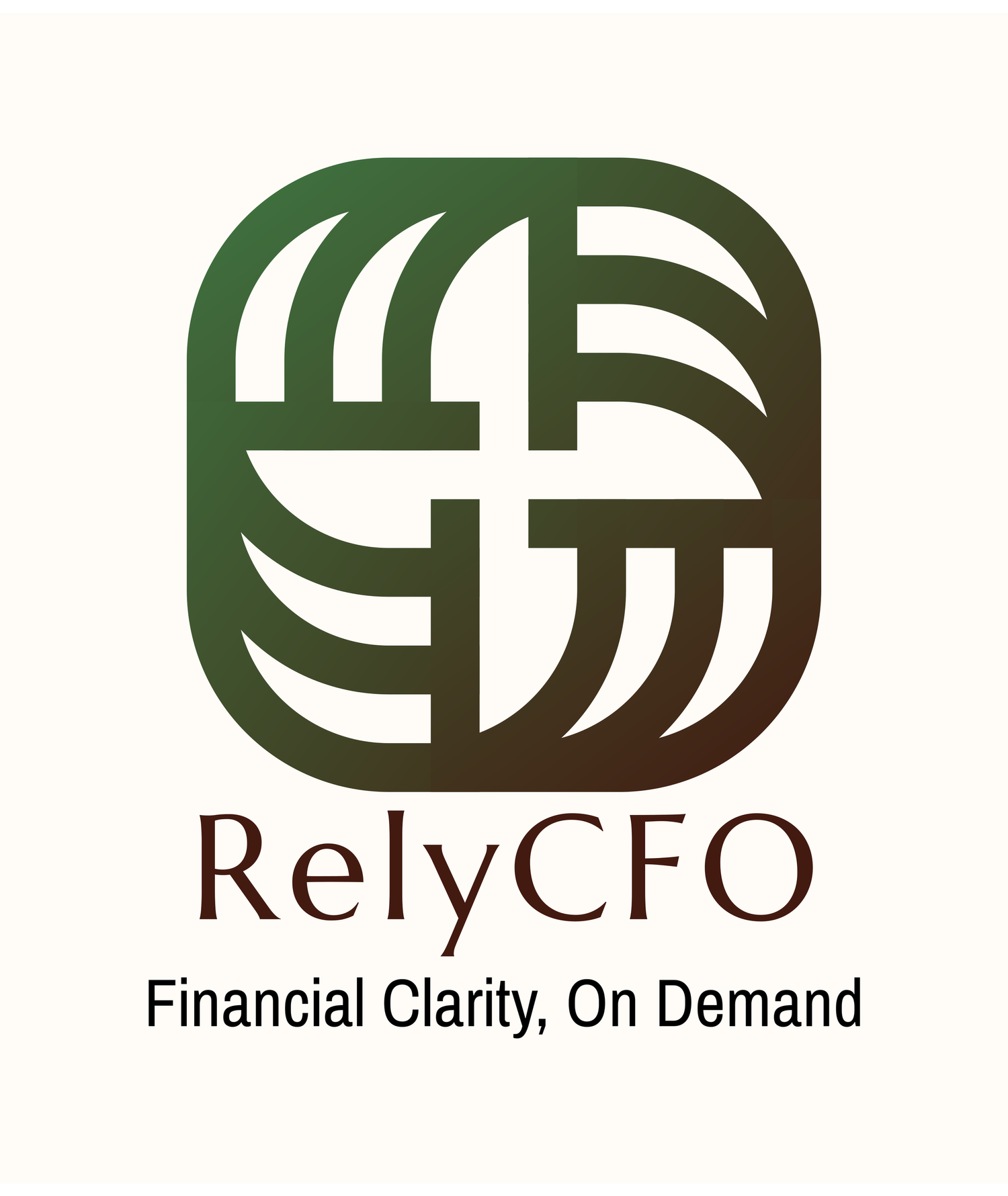How to Read a Profit & Loss Statement (Without Falling Asleep)
Let’s be honest—most business owners hate financial statements. But your Profit & Loss (P&L) statement is one of the most powerful decision-making tools you have—if you know how to read it.
Here's a fast, no-jargon guide to understanding your P&L.
🧾 What Is a P&L Statement?
Also called an income statement, it shows your revenue, costs, and profits over a specific period (monthly, quarterly, or yearly). It answers: Did we make money this period?
🔍 What to Look At First
Revenue (aka Sales)
Your total income from products or services sold. Review trends over time and compare to your forecast.Cost of Goods Sold (COGS)
Direct costs to deliver your product or service—like materials or labor. Subtract this from revenue to get...Gross Profit
This shows how much you earn after the cost to deliver your offering. The gross margin % (gross profit ÷ revenue) reveals your pricing power and efficiency.Operating Expenses (OpEx)
These are overhead costs: salaries, rent, marketing, software, etc. Watch for unnecessary bloat or recurring increases.Operating Profit / EBITDA
What’s left after OpEx—this is the cash your business is generating before interest, taxes, and depreciation.Net Profit (Bottom Line)
After interest, tax, depreciation, this is what you keep. Positive net income means your business is profitable. Negative? Time to dig deeper.
🚩 Red Flags to Watch For
Declining gross margin = rising costs or pricing problems
High OpEx = overspending on overhead. Higher opex does not necessarily translate to higher revenue (except hiring more sales people if order to revenue cycle is shorter)
Consistent losses = cash burn and funding risks
One-time spikes = understand what changed and why
✅ Pro Tip: Don’t just look at totals—always review margins and trends. A $1M revenue business with 10% margin is very different from one with 40%.
Need help making sense of your financials? Let’s Decode Your P&L Together

